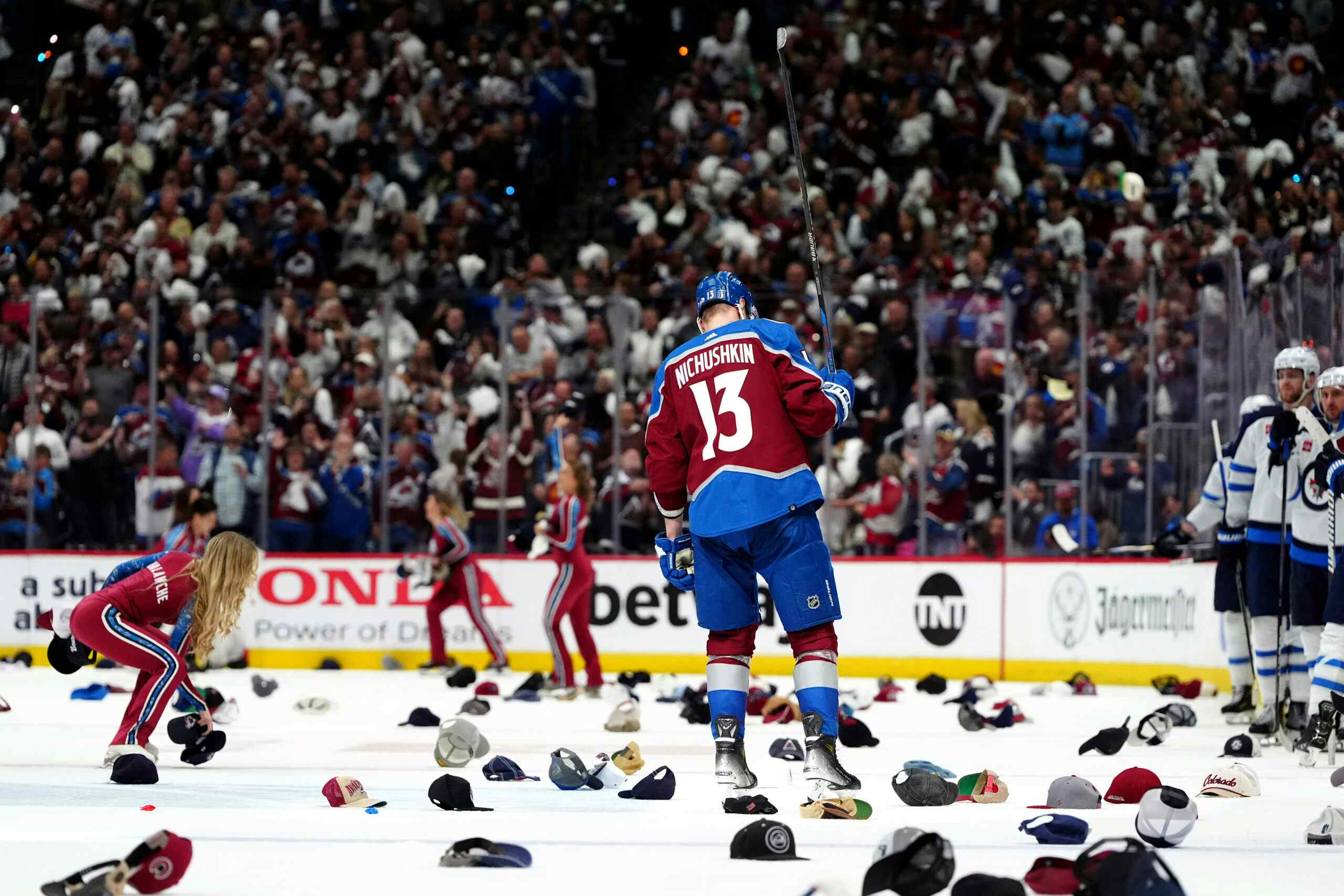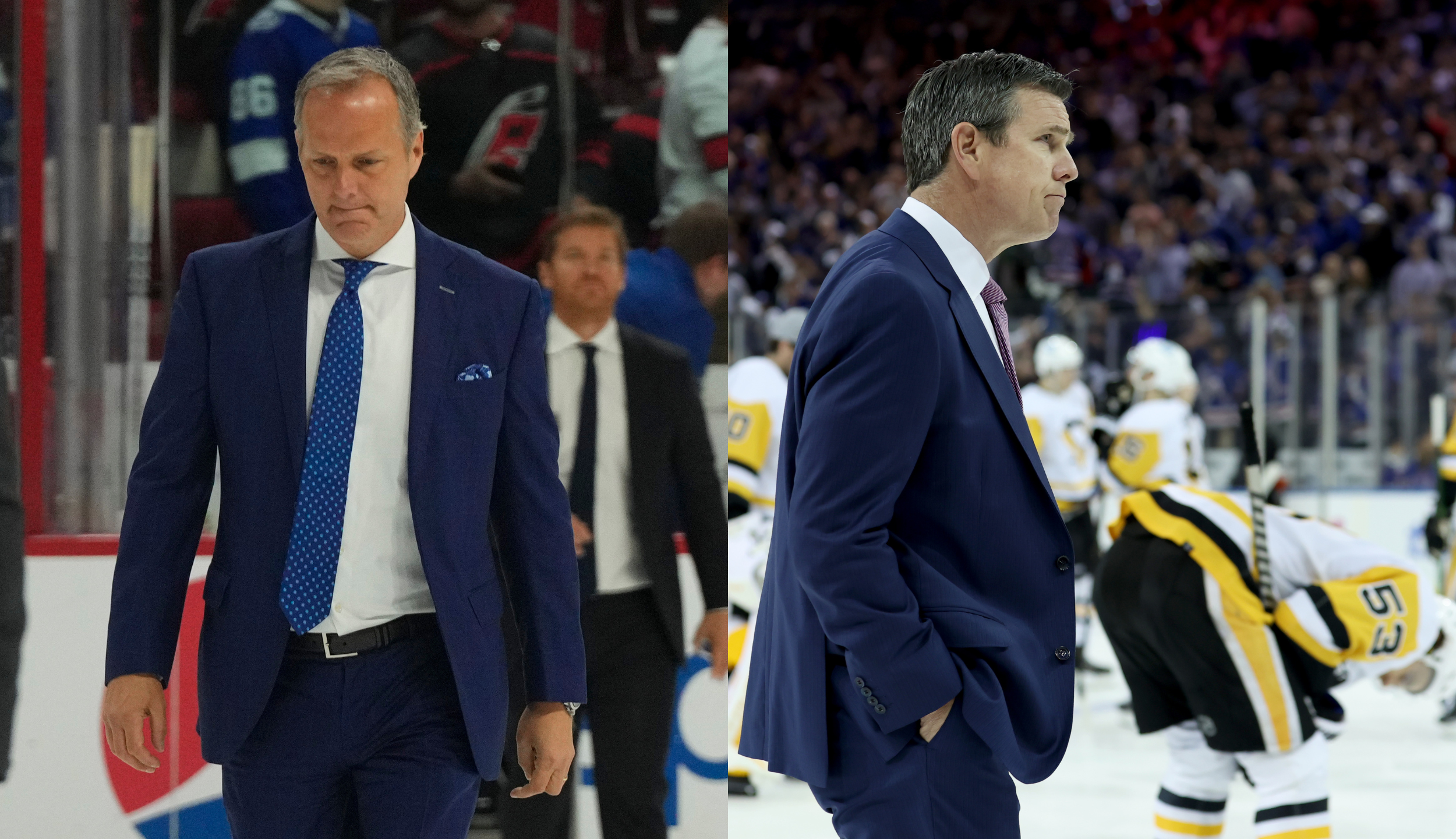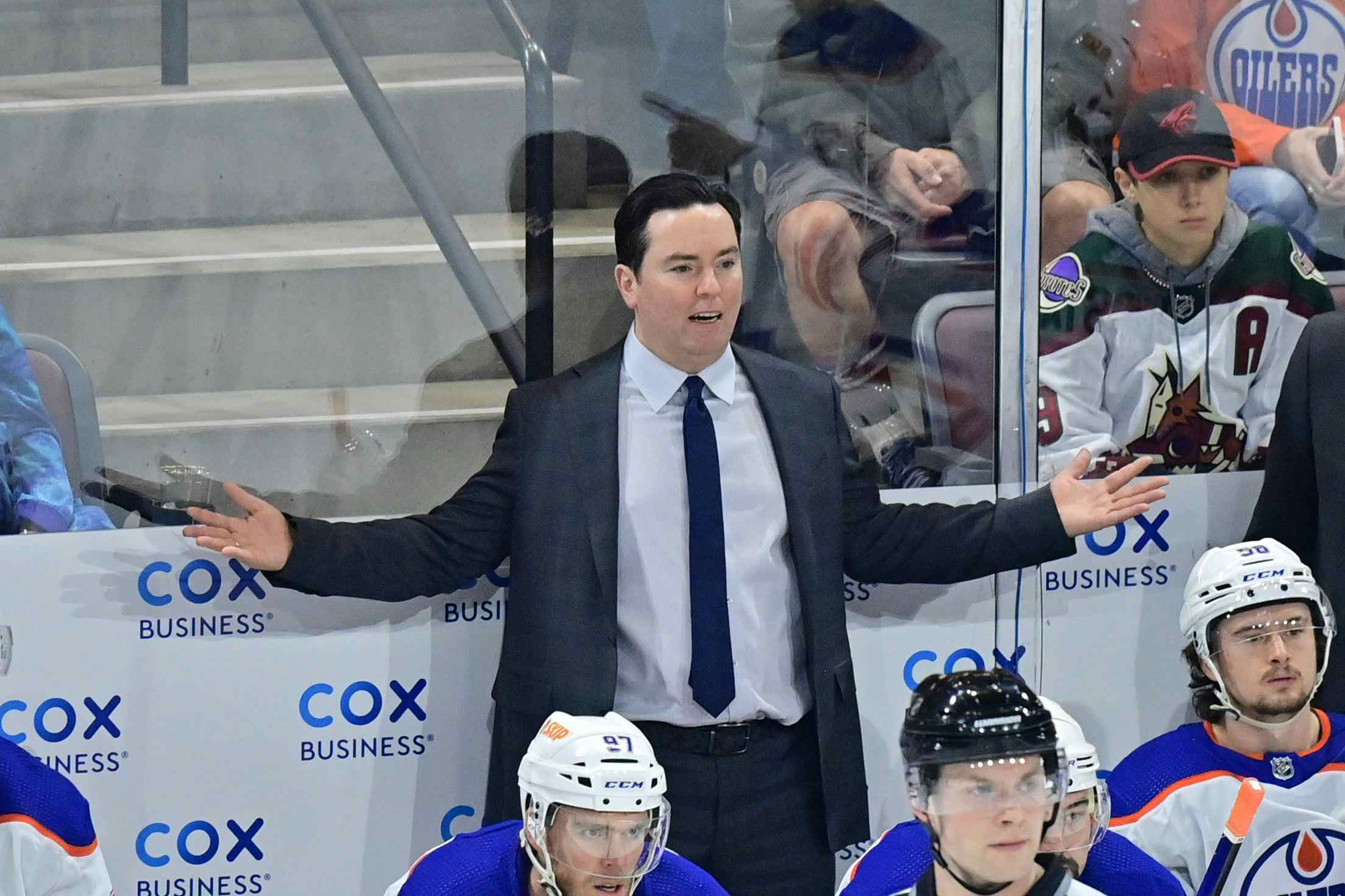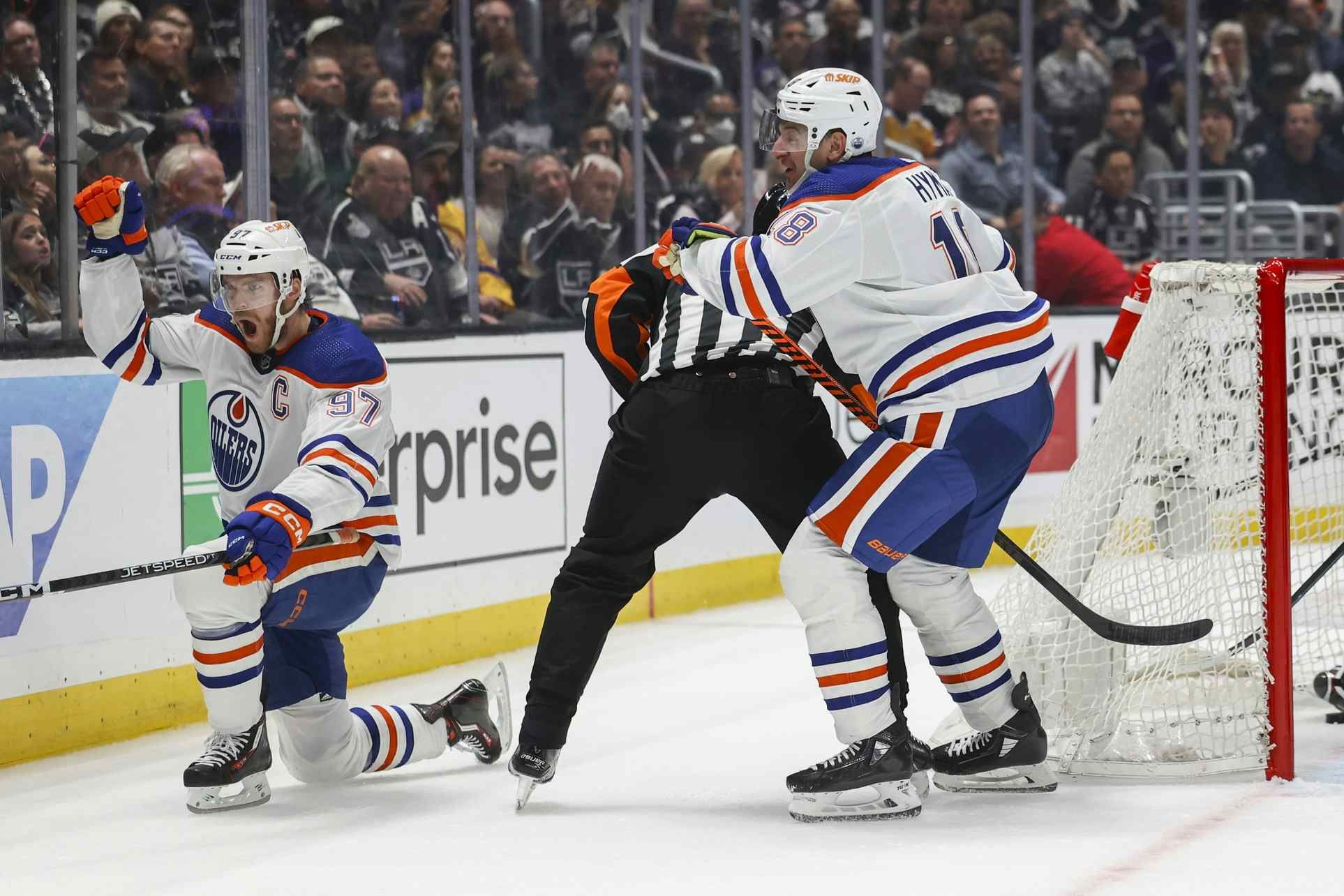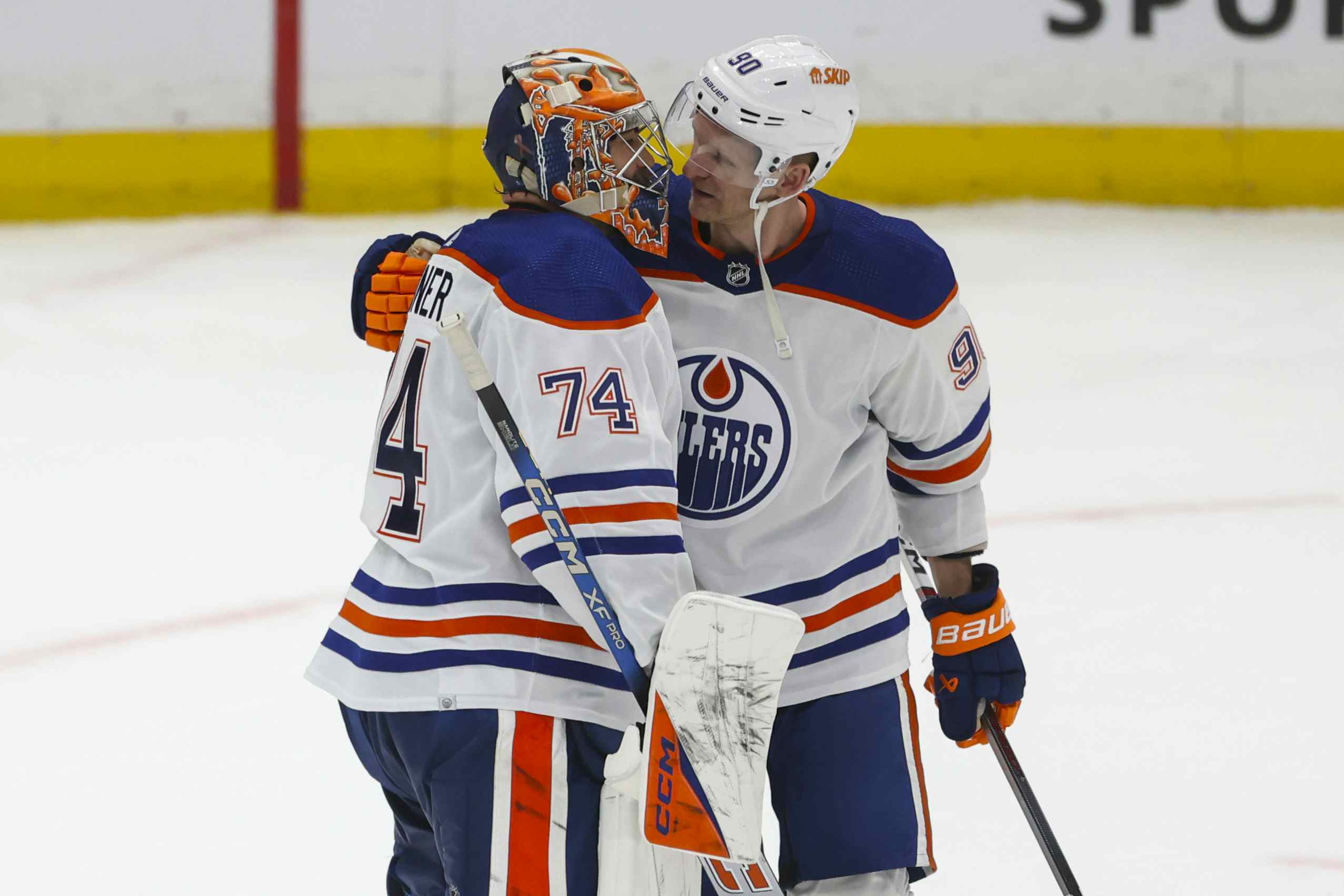The Problem with the Pick

Once again, the Edmonton Oilers are slated to enjoy a high selection at the NHL’s annual Entry Draft. The exact position of that pick is yet to be determined; it’s possible that Edmonton will have the chance to select future first-line centre Auston Matthews with the first overall pick but more likely that the team will instead get a shot at one of two extremely talented right-shooting Finnish right wings.
The idea of adding a Patrick Laine or Jesse Puljujarvi should be extremely appealing for the Oilers. On the other hand, there’s also a very strong case to trade that pick for immediate help, just as there was for the picks in 2012, 2013 and 2014.
The Joys of Projection

Let me paint you a mental picture.
A 23-year-old Connor McDavid streaks through centre ice, gaining the opposition blue line and challenging the defence just the way he did so many times in his rookie season. He pulls to the left, drawing both defencemen with him and then passes to his right, where a big, bullish Finn is charging. The pass is perfect and the puck is on the recipient’s stick for just a moment before it’s whipped on net, beating the opposition goaltender.
It’s an attractive picture for Oilers fans. The chance to complement McDavid with a big, fast, strong and skilled right wing of about the same age, to build a first-line duo that could last for a decade or more is one that most teams would jump at.
This is the appeal of building through the draft. Finding that perfect player with a high pick, a player who is under team control for ages, a player with a salary suppressed first by entry-level limits and then by his status as a restricted free agent is incredibly compelling.
There are two problems with that mental image. The first problem is the time factor; the second is the fantasy element.
Nail Yakupov is a good illustration of both problems.

Red Line Report, like virtually every other draft publication out there, had Yakupov as the best player in the draft, projecting him as a “dynamic first line sniper” who compared stylistically to Pavel Bure. Here’s a partial quote from their description of the player:
Dynamically skilled player is a threat every time he steps on the ice. Explosive speed and quickness with excellent lateral agility and the ability to make space for himself when it appears nothing is there. Exceptional hockey sense. Extremely imaginative playmaker sees the ice beautifully and can thread the needle through traffic with delicate touch passes. Dangles the puck on a string, making all his moves at top end speed. Powerfully built in his core and lower body, with al ow centre of gravity that helps in high traffic areas – makes him hard to move off the puck despite average size. Has tremendous release on a heavy shot that goalies have trouble getting set for, and can fit it through a keyhole.
I’ve used Red Line’s quote here because of all the draft guides I read, none tend to be more critical of players. This view of Yakupov was widespread, and why not? This was, after all, a player who outscored Steven Stamkos as an OHL rookie with Sarnia.
Yakupov is perhaps an extreme example, but he’s not the only one.

Darnell Nurse was drafted seventh overall three years ago and projected to be a top-flight shutdown defenceman; the Oilers were patient with him and allowed him to develop in junior. As a rookie defenceman he was lit up badly, with the opposition averaging nearly one more goal per hour than the Oilers when he was on the ice—outside of Griffin Reinhart, himself an example of this trend, that was the worst number of any regular—and critically he was also out-shot by more than any other defenceman on the team.

Leon Draisaitl was picked two years ago and installed immediately as Edmonton’s second line centre; he fell flat on his face and was sent to junior at midseason. He returned this year and was glorious for two months, putting up 31 points in 27 games over that span. Despite being welded at the hip to the team’s best left wing the rest of the way he’s post just 20 points over the year’s final 45 contests.
I really like all three players, but all reinforce the points worth keeping in mind with this year’s pick. Four years in, Yakupov isn’t the player he was projected to be and probably won’t ever get there. Three years in, Nurse isn’t there yet either and while he may well be an exception history has not been kind to rookies with shot metrics as bad as the ones he posted. Two years in, Draisaitl has had two months in his career in which he has inarguably played like a true top-six NHL forward; I’m very confident he’ll get there but I’m not sure it’ll be next year.
This matters and it matters a lot.
Here’s how I see it: After the worst decade in franchise history, Edmonton needs to change course and it needs to do it immediately. There are two years left in McDavid’s entry-level deal and if the Oilers aren’t competitive by the end of that pact it will represent a colossal failure on the parts of those building the franchise.
Edmonton improved from minus-85 in 2014-15 to minus-42 in 2015-16. Were I in charge of the franchise, they would need to make basically the same leap again, either making the playoffs or coming oh-so-close for me to be satisfied with their progress. That needs to be followed by more progress the year after; we’re talking at least a playoff series win. It’s going to be tough to win a Cup in McDavid’s entry level deal the way Chicago did with Jonathan Toews and Patrick Kane, but the Oilers need to at least be well on their way if they hope to be a power during McDavid’s second contract.
To make those jumps, the Oilers absolutely must improve in numerous ways, and some of those improvements are going to involve shipping out talent. The names of Taylor Hall, Jordan Eberle and Ryan Nugent-Hopkins are tossed around because the shine has worn off them, with the same being true of Yakupov. Mention Nurse or Draisaitl though and the reaction is often quite a bit different.
But it’s time for the Oilers to win now, and that means being willing to part with futures.

I can all but guarantee that Eberle will do more to help Edmonton win hockey games in 2016-17 than Laine/Puljujarvi. I’d be very surprised if the same is not true of 2017-18, and if Eberle’s still a better player in 2018-19 that would hardly be a shock, either. I’d also be very surprised if Eberle’s trade value was significantly better than that of the Oilers’ 2016 first-round pick.
That’s the problem with the pick. There’s virtually no chance that the player picked with Edmonton’s 2016 first-round selection will do more to help the Oilers win immediately than the return on trading that pick would. And as much as general manager Peter Chiarelli would undoubtedly love to add a possible long-term complement for McDavid, I’d think the idea of making the playoffs next season would be even more appealing.
RECENTLY BY JONATHAN WILLIS
Recent articles from Jonathan Willis

